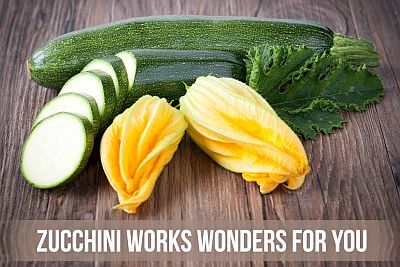Brian Berletic – What if school not only taught you the basics like reading, writing, and arithmetic, but also how to build a community from the ground up? With these skills, you could specialize in any field from the humanities to science and technology, and apply them directly to improving your community and your country. That is precisely the concept driving Sisaengtham School (Facebook here), also known as the “Solar School.”
Sisaengtham School is open for high school-level students and was founded in 2010, focusing on self-sufficiency, the environment, and the principles and philosophy of Buddhism. Its founder, Prakruwimolpanyakhun (Monk-Teacher Wimolpanyakhun) also known as “the Solar Monk,” looked for the best way he could make an impact on both his community and his nation and decided founding a school would be the solution.
A good community starts with good people, and that is what Prakruwimolpanyakhun’s Sisaengtham School sets out to create. So dedicated to this goal, Prakruwimolpanyakhun sold his own home to raise money to build the school.
The school is situated near the temple he is the abbot of, located in the forest of Thailand’s northeastern Ubon Ratchathani province.
The first task the school set about accomplishing was improving literacy. Prakruwimolpanyakhun believed that no progress at all could be made in other areas if something as simple as reading and writing was still a challenge.

